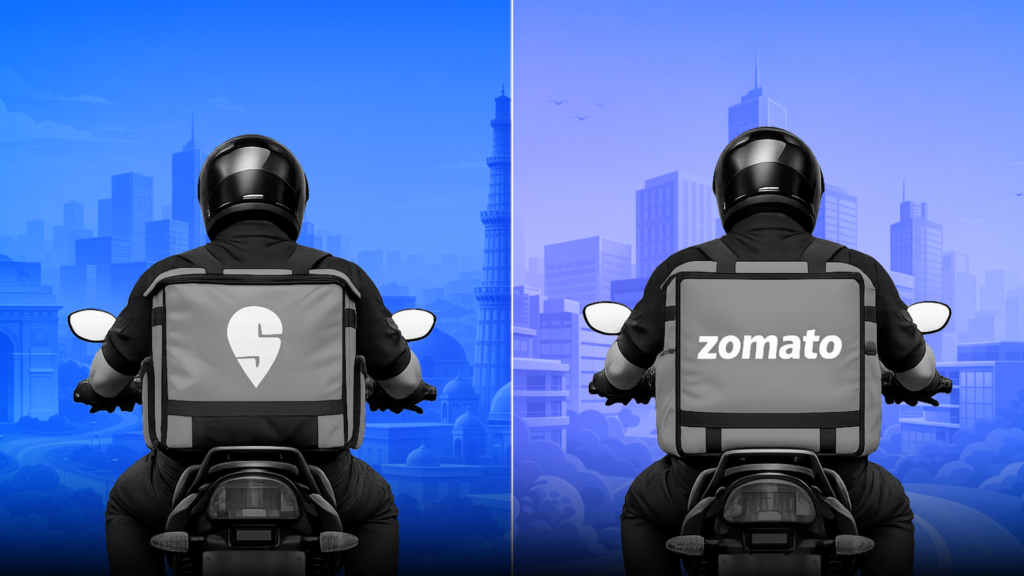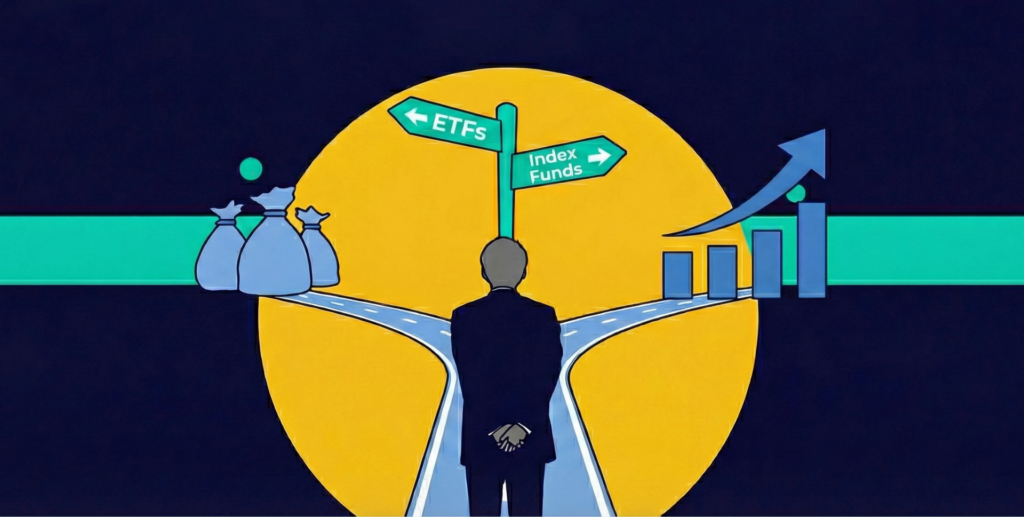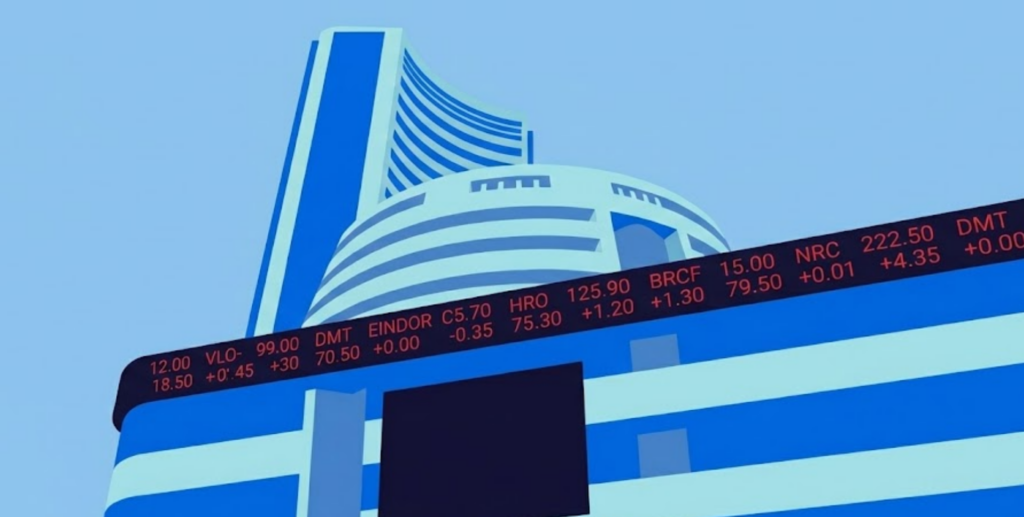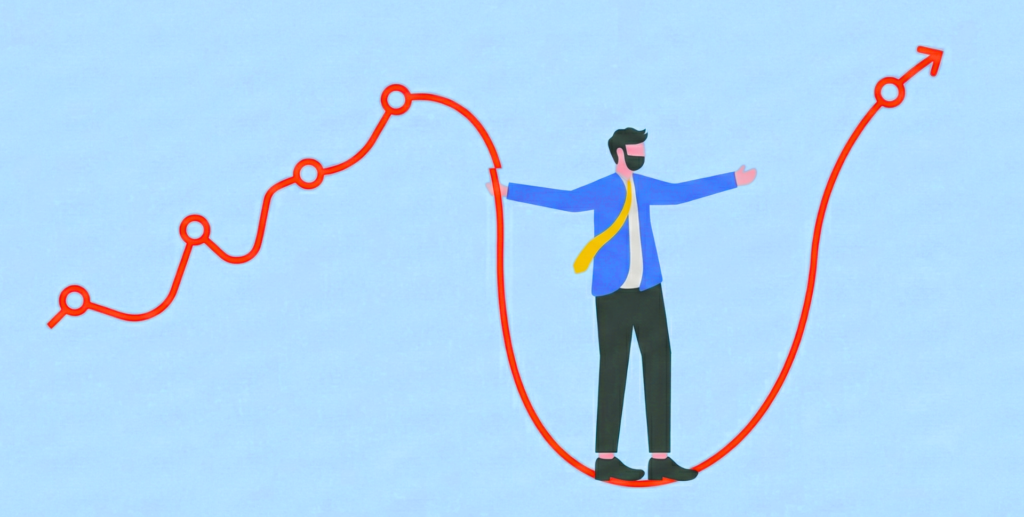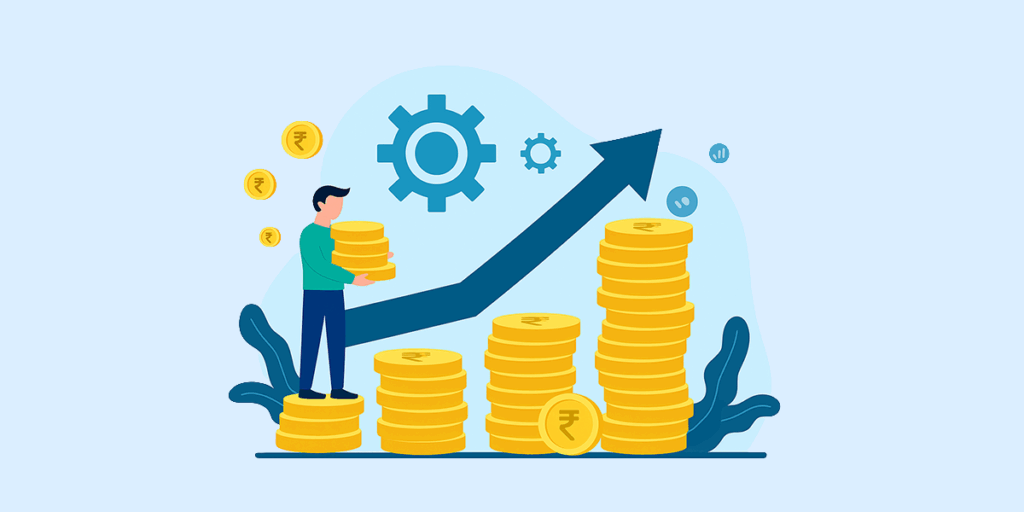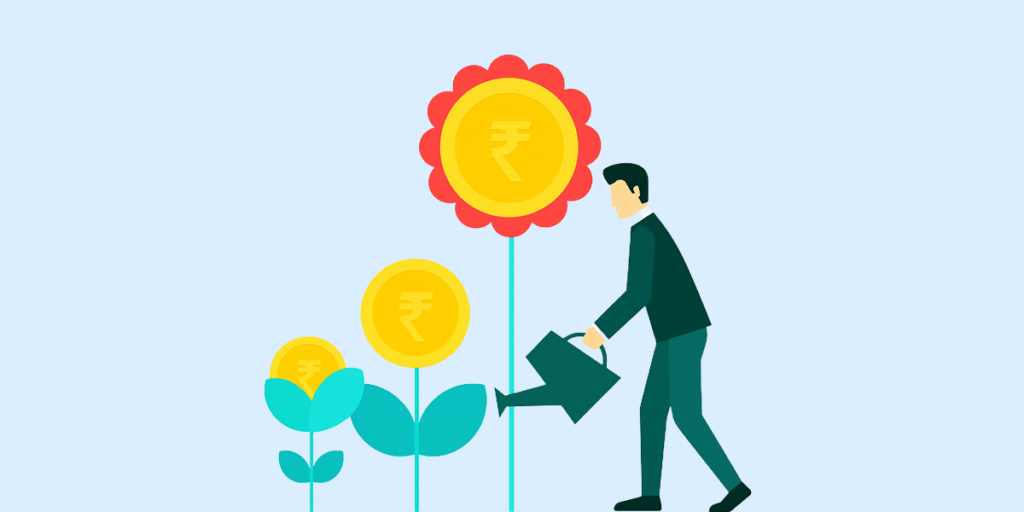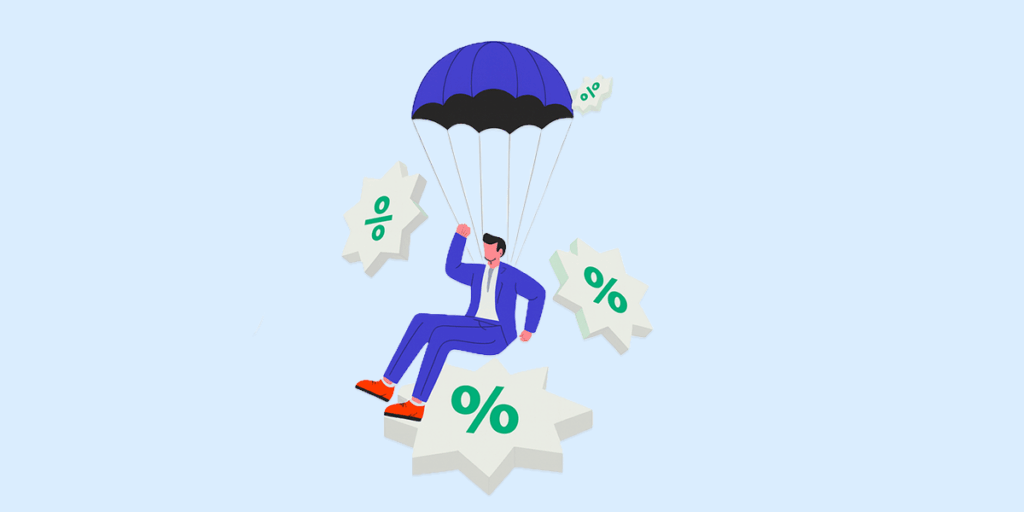When it comes to personal finance, people typically focus on budgeting, the need to track expenses, investment instruments that deliver inflation-beating returns, retirement funds, tax-saving strategies, etc. However, while all of these are crucial aspects of personal finance and important for your financial health, one foundational aspect often gets overlooked — an emergency fund.
An emergency fund is exactly what it sounds like — a corpus set aside for the purpose of dealing with unanticipated expenses and emergencies. In general, it’s recommended that you build an emergency fund that can cover your living expenses for 6 to 12 months, so that you always have a financial safety net. An emergency fund is vital even if you have a solid investment portfolio or instant access to credit. Let’s explore why.
The need for an emergency fund
It goes without saying that life is uncertain, and you could find yourself in need of funds at any time for various purposes — a medical emergency, car or home repairs, urgent travel, making up for the loss of a job, and so on.
Situations like these are time-sensitive and require you to have quick access to funds. Hence, even if you have a few investments that you could sell in order to free up some funds, doing so might not be ideal. Firstly, depending on the kinds of investments you have, getting their value credited to your bank account after selling them can take anything from a few days to a few weeks. Secondly, you might have to bear a capital loss if you’re forced to sell off your investments during a market downturn just because you need the money immediately.
While you can use a credit card or take out an instant personal loan to meet such unplanned expenses, such credit is usually associated with high interest rates, and you’ll also have to bear the burden of settling your dues in a timely manner.
Hence, it’s recommended that you build a sufficiently large emergency fund as early as possible: your future self will thank you immensely for having done so! So let’s take a look at how you can best save your money to build an emergency fund.
Saving money for your emergency fund
One of the very first things anyone who wants to save money and build an emergency fund should do is prepare a budget. A budget serves to track all sources of income and expenses and manage money mindfully. Other than maintaining a smart monthly budget, here are some additional tips that can help you.
- Analyse your lifestyle
Most individuals tend to overspend on certain specific products or services, simply because they haven’t found better alternatives or even realised that such overspending is actually problematic. Hence, it’s essential that you take a few moments to analyse your daily routine and lifestyle to identify if there are any such products or services.
For instance, maybe you are spending a lot more money on takeout than you should. If that’s the case, you should try to incorporate meal planning and cooking into your day, or find a subscription-based food service that’s more cost-efficient.
- Save for your emergency fund in phases
Begin by calculating your monthly expenses and determining your emergency fund goal accordingly. Let’s say your monthly expenses, including rent, groceries, utility bills, commute, etc., are ₹50,000, and you want to build an emergency fund that covers 6 months’ living expenses, which would be ₹3 lakh. If you begin saving with this number in mind, you might quickly feel overwhelmed. Instead, aim to build your emergency fund in phases.
For instance, you could break up that fund amount into three decreasing instalments: start with ₹1.2 lakh, then add another ₹1 lakh to it, and finally finish building it with the final ₹80,000.
Each time you hit one of your emergency goal milestones, you can celebrate with a little indulgence, like going to the newest fine-dining restaurant in the city for dinner or buying a new pair of shoes. This strategy may help because if you focus solely on saving for your emergency fund in one go without indulging in discretionary spending in between, you might get demotivated and abandon your plan midway.
- Save money automatically
To most people, spending probably comes much more easily than saving. For this reason, it can be a good idea to get tech tools to save on your behalf.
For instance, you could automate saving by getting a fixed amount withdrawn from your account every month and invested in a relatively safe stock portfolio. Or you could add to your savings every time you spent some money — whether for groceries, a cab, or anything else at all.
Both these facilities are offered by the Appreciate app in the form of its ‘Goals’ and ‘Change Savings’ features, respectively! By using them, you can gradually save and invest towards your emergency fund automatically. Download the app today!
- Leverage saving challenges
A relatively straightforward but difficult way to build an emergency fund is to simply stick to a tight budget and channel as much money as you can towards your savings for a certain duration. Once your emergency fund is built, you can increase your discretionary spending again.
Although this might be tricky to pull off, you can improve your odds of success by gamifying the process with challenges like the ‘no-spend challenge’.
In the no-spend challenge, you commit to not making any discretionary purchases for a certain duration, such as two weeks or two months. You can consider doing this challenge collaboratively with a friend in order to create more accountability and increase your motivation.
Where to park your emergency fund?
The golden rule for your emergency fund is that it needs to be quickly and easily accessible at all times. Hence, investing your emergency fund in instruments with low liquidity in the short term, like stocks, is not recommended. Instead, you should consider options such as high-interest-rate savings bank accounts, fixed deposits, and short-term debt mutual funds.
Again, you don’t need to park the entirety of your emergency fund in one instrument. For instance, if you are building an emergency fund of ₹3 lakh, you can consider having ₹1 lakh in a high-yield savings account and the remaining ₹2 lakh in fixed deposits of different tenures. Lastly, ensure that you prioritise replenishing your fund if you ever use a part of it.




